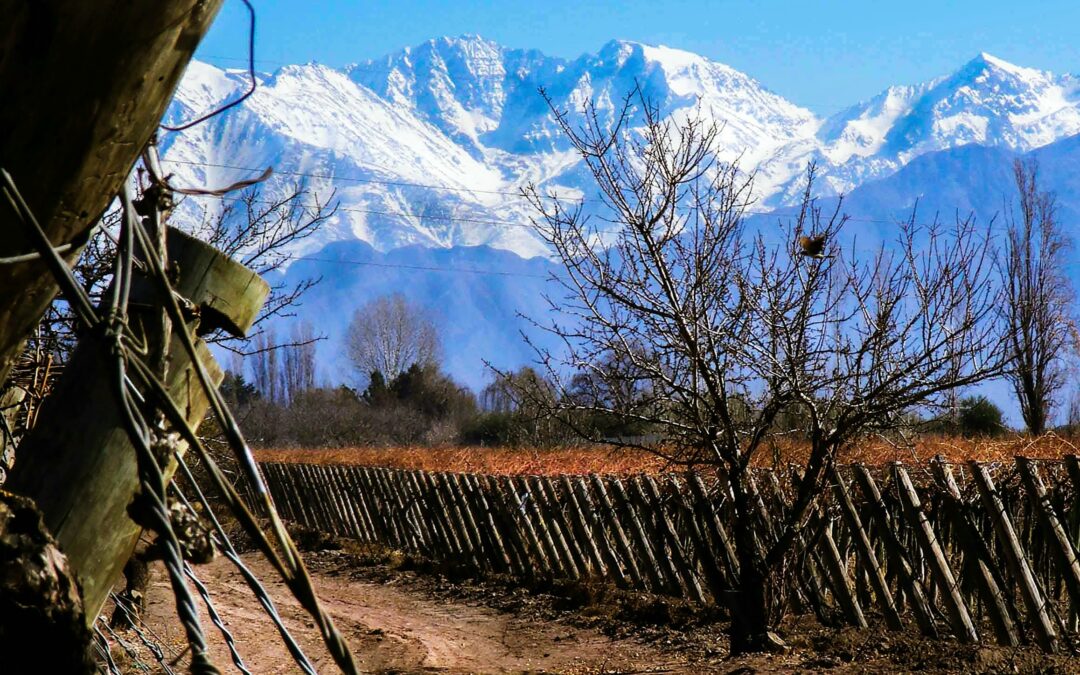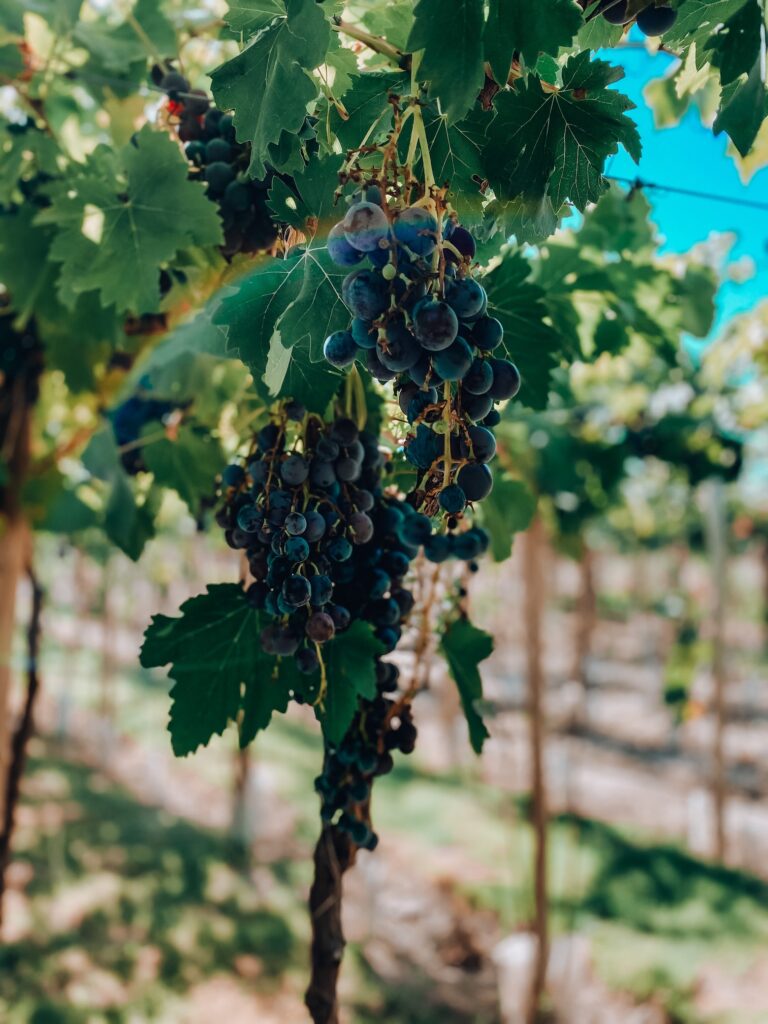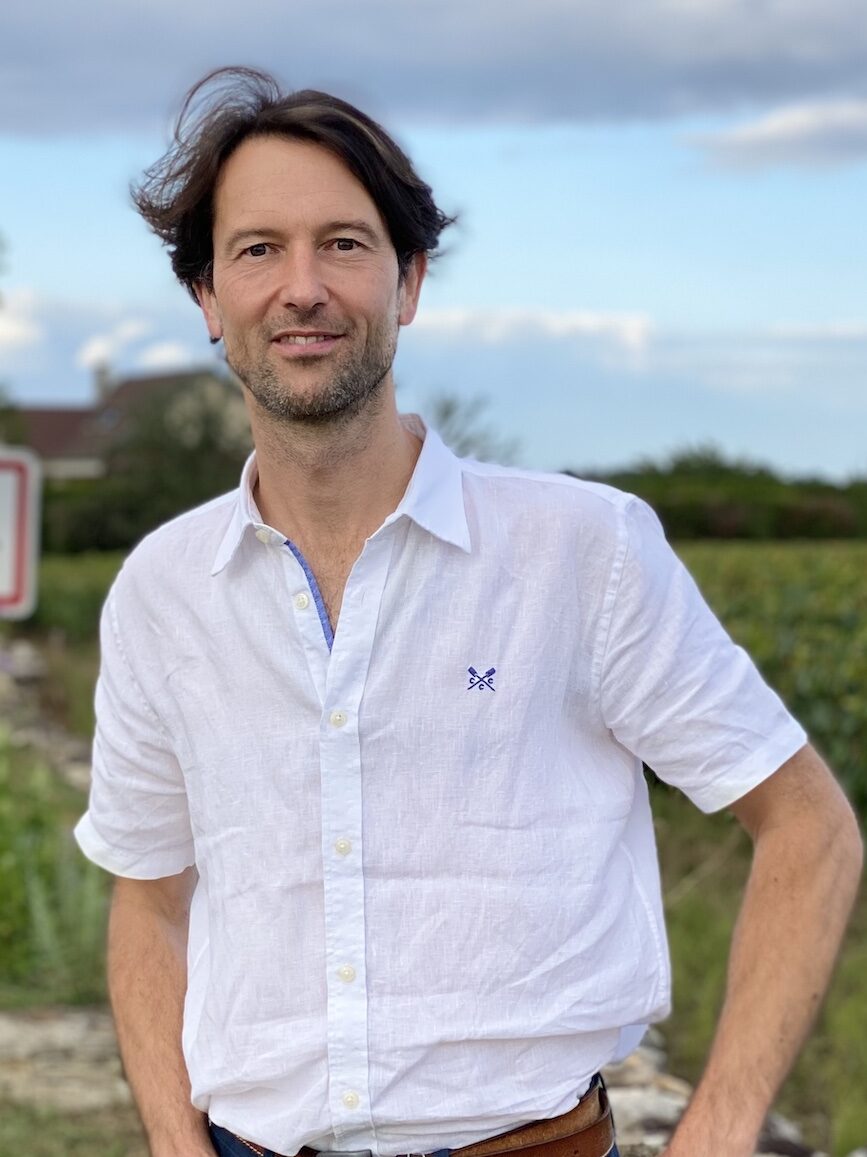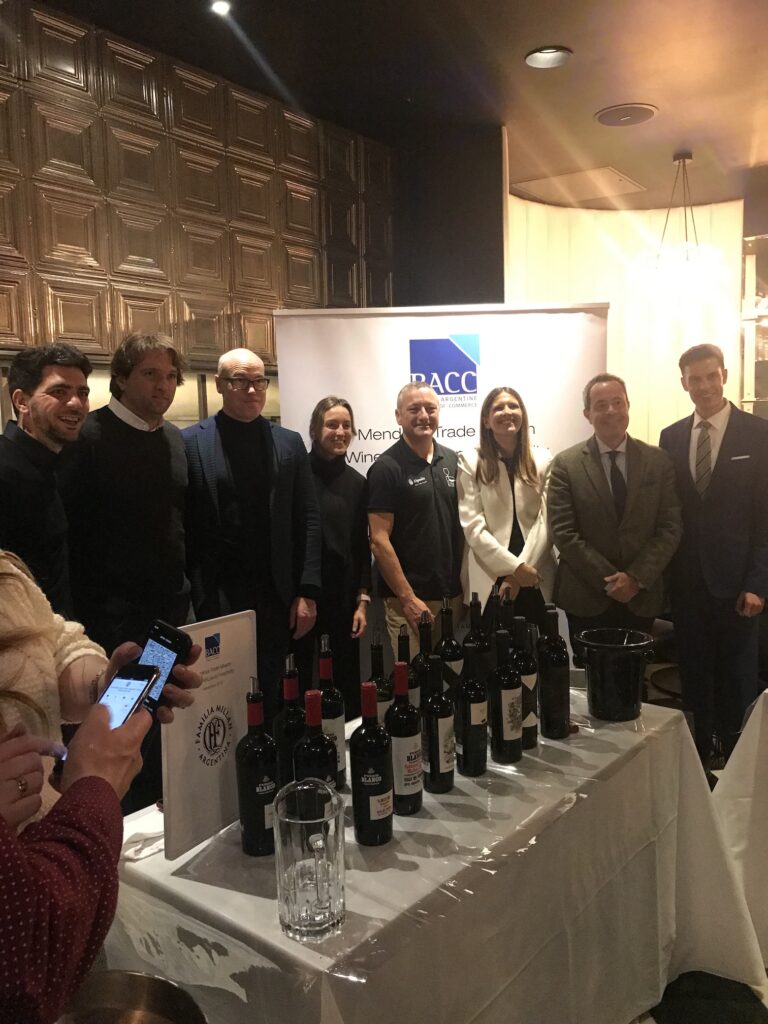
How Argentina’s Elite Winemakers are Breaking the Mould

Moving from Malbec…
Argentina’s been facing a similar dilemma to New Zealand in recent years with its over-dependence on one signature grape variety.
But while the world is thirsty for Argentinean Malbec in the same way that it’s still craving kiwi Sauvignon Blanc, is this really an issue?
If so, how should the Argentineans go about changing this?
Mendoza comes to London.
I recently had the pleasure of being invited by the British Argentine Chamber of Commerce (BACC) to an exclusive Mendoza Trade Mission tasting in London.
The event was specifically aimed at the luxury hospitality sector and wine experts. It showcased, in the BACC’s own words, ‘the best wine producers from Mendoza’.
Half a dozen of Mendoza’s elite exhibited a selection of their wines, carefully chosen to demonstrate the new thinking that’s taking place in Argentina right now.
A couple of producers’ wines currently reach the UK but only one in any meaningful quantity; Susana Balbo.
Sustainability on every front.
I spent some time talking to a few of the producers while tasting their wines, and attended a fascinating Masterclass themed ‘What comes after traditional Malbec?’.
What really struck me is that there’s a strong sense of pioneering spirit and a determination to lead the country in a more sustainable direction.
Sustainable not only in a holistic and environmental way, but in a broader economical way too.
Exporting for a sustainable future.
Like most countries around the world at the moment, Argentina’s economy is dealing with its own inflation issues. Though I have to say at around 70% year on year, it makes ours in the UK pale into insignificance!
With a seriously devalued currency, this effectively means that Argentina’s producers cannot rely on their domestic market if they’re to have a profitable future.
The US is still a vital export market but their own economic downturn will likely put the brakes on sales growth.
Europe and Asia are becoming increasingly important targets for growth. However, the Argentine producers will be only too aware how established and sophisticated these markets already are. They’ll need to really stand out from the crowd if they’re to succeed.

Diversify and do it well.
The premise of today’s event was to highlight how these elite producers are diversifying from the rest of the pack and taking the country forward.
Susana Balbo Wines led the charge by showing more white wines on their table than reds. In fact, Ana Balbo went one step further and focused solely on Torrontés during the masterclass, which she co-hosted, showing four distinctly contrasting styles.
Included in the mix was an amphora-fermented orange wine, a first for me. Also a barrel-fermented Torrontés with more than a nod to Burgundy.
All four wines shown were outstanding for their respective price points. They also offered a valuable insight into why Susana Balbo is at the vanguard of the Argentinean white wine revolution.
While most producers are dedicating between 7-15% of their production to white varietals, for Susana Balbo it’s far more significant. Whites and rosés combined account for 30-40% of their total production and exports. This isn’t an experiment, it’s a carefully considered strategy and one that’s clearly paying off.
Seeking the ideal match between grape varieties and soils.
One of the other exhibitors, Alpasión, is a new and relatively small winery. They’re based in the desirable Los Chacayes sub-region of the Uco Valley.
As an aside, the GI (Geographic Indication) for Los Chacayes was only formalised in 2017. Whilst it covers a relatively small area, it’s one of the most diverse in terms of topographic and geological ranges.
Matching varietals with the right site and soil composition is what obsesses most of the producers based in Los Chacayes, including Alpasión. They’ve dedicated just over half of their vineyards to Malbec.
The rest is planted with no fewer than 8 other varietals. These include Sauvignon Blanc, Pinot Noir and the increasingly popular Cabernet Franc. They place as much importance on these alternative varietals as they do on Malbec.
I was impressed with just how individual and pure their wines are and I deliberately ignored the Malbecs. Though I’m sure they’re equally as accomplished.
Turn up the terroir.
The subject of terroir in Argentina is well documented, especially its uniqueness. One consistent theme came across palpably during the course of the afternoon. Every producer here is driven to get the best expression of their respective wines following meticulous research into site selection.
Ana’s Torrontés tasting drove this point home. More specifically, the final wine, the 2021 Gualtallary Blanco, which obliterated my pre-conceived expectations. It bore no resemblance whatsoever to the overtly floral, slightly saline versions I’d tasted from Salta in the past.
This wine is subtle in aromatics. More citrus and less florals. It’s taut, linear, powerful and yet beautifully refined. It puts me in mind of decent Grosses Gewächs Rieslings from the Mosel and Nahe.
This has all been achieved by planting at higher altitude (1600 masl) on poor sandy and calcareous soils. Coupled with exceptionally low yields (6,000 kg/ha when Torrontés can achieve 24,000), along with a low impact winemaking regime. It was an eye-opening example of what can be achieved under the guiding hand of a true visionary.

Beyond organics.
Susana Balbo has converted all her own vineyards to organic viticulture. Alpasión are on track to achieving certification for theirs. Bodega Araujo in San Rafael, one of the other exhibitors, attained their organic status in 2021. This is all very positive news.
Another exhibitor, SuperUco, also in Los Chacayes, has gone one step further. The Michelini brothers have created a fully biodynamic boutique winery.
Their mission is to show the purest expression of the Uco Valley’s wines. Hence the name (also inspired by the ‘Super Tuscan’ concept).
Redefining Malbec.
Leo Bonetto Michelini, who co-hosted the masterclass, drew amusement from his response to the question, “What comes after traditional Malbec?”.
“My answer may disappoint you but maybe it’s more Malbec”. However he did caveat it with, “But we have to change the vision, we have to change our own opinion of Malbec.”
He explained that they’re focused on obtaining the purest expressions of varietals and blends that fully express their origin. In other words, “bottling landscapes”.
The four reds that we tasted, from four separate sites across the Uco, did indeed show clear differentiating characteristics. They were hugely impressive too.
On reflection, this was a truly enlightening event showcasing some exciting producers who I hope will gain more visibility in the UK market.

The full list of exhibitors present:
- Casa Ereaux
- Susana Balbo
- Los Toneles/Mosquita Muerta/Familia Millán
- SuperUco
- Bodega Araujo
- Alpasión
